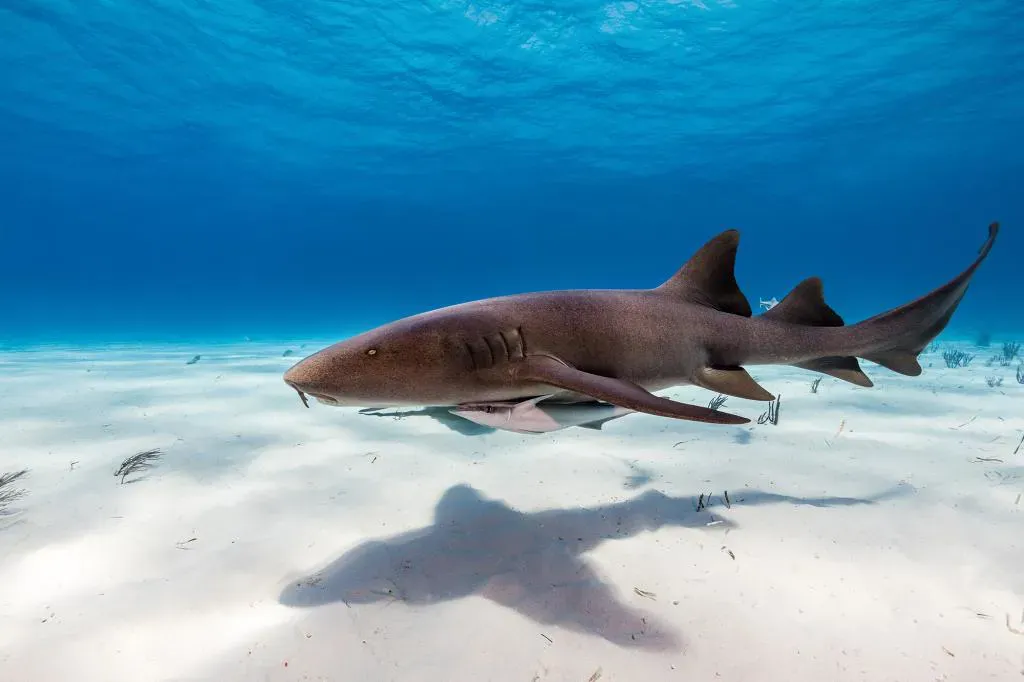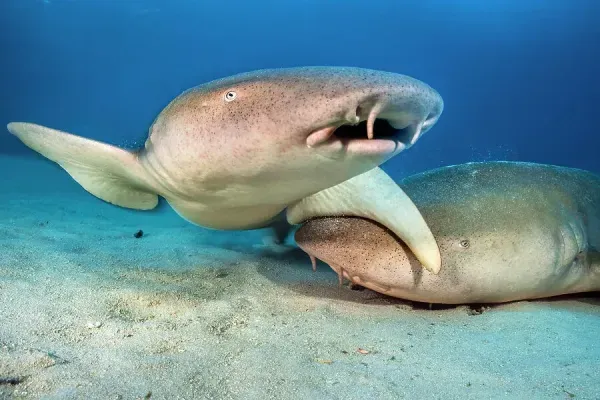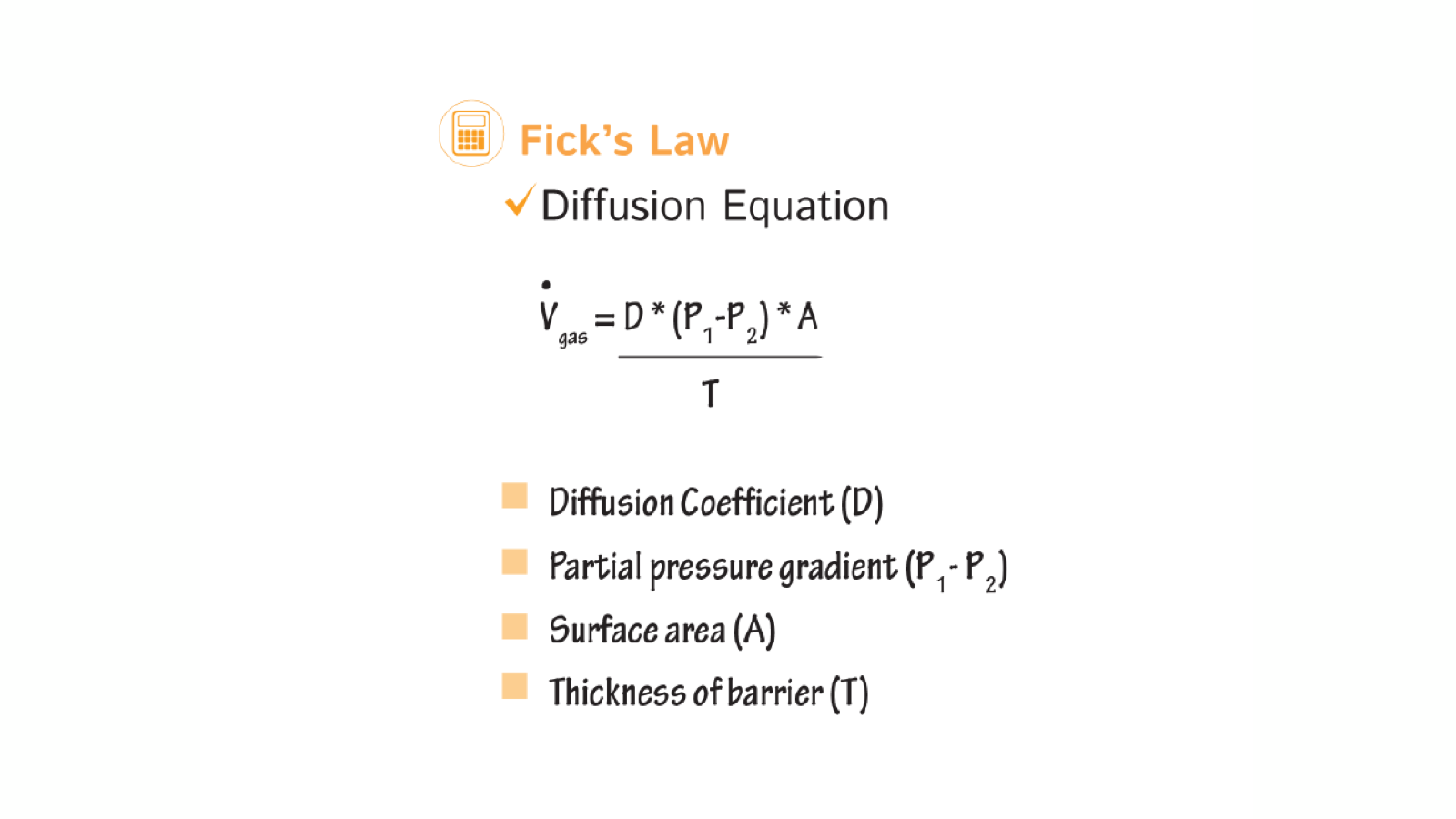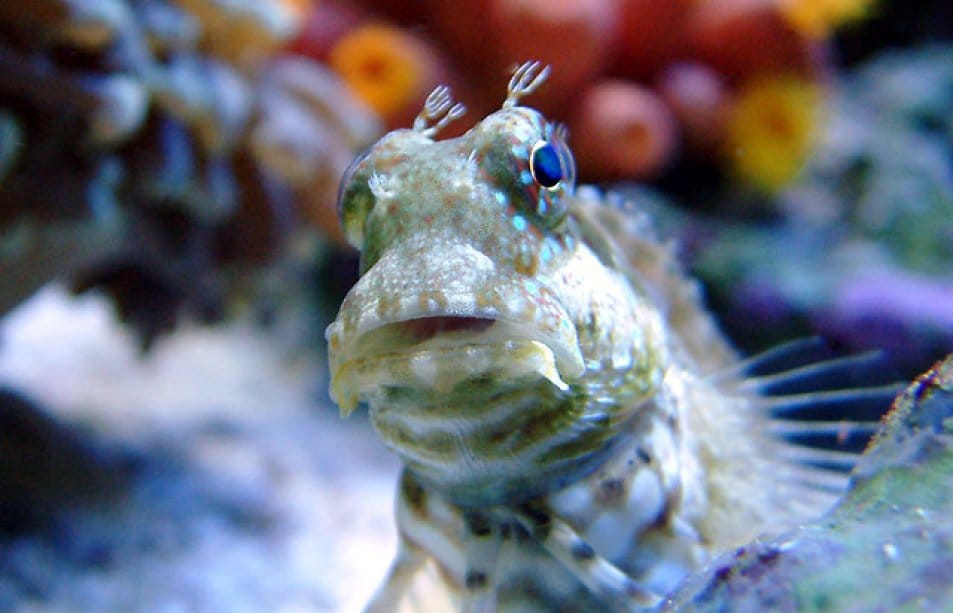A Fish’s Guide to Breathing

Introduction
Imagine a life where you couldn’t stop moving. No breaks, no naps – just constant movement. Or else…
Or maybe a life where you could breathe through your skin.
This is the reality for a large proportion of sharks out there, as they rely on three main processes called ram ventilation, cutaneous respiration, and buccal pumping to breathe. For ram ventilators, if they stop, they’ll suffocate. For other types of fish, all they have to do is, well, sit there. But how do these strange, processes work, and how did they evolve? Today I’m here to answer that itching question I’m sure most of you may have.
Ram Ventilation:
Ram ventilation is when an aquatic animal passes water over its gills in order to respire, often through a wide-open mouth, as a passive form of respiration. It uses the word “ram”, as often, the fish is literally ramming through the sea, charging through in order to pass water over its gills for gas exchange of reactants for respiration, such as oxygen.
As the shark swims, water is passed into its buccal cavity (basically the inside of its mouth), through the kinetic forces created by the forward motion of the fish. The faster it swims, the higher the rate of flow of water, and the more pressure differential will increase, serving as an effective way of producing more energy when needed, similar to us humans just “breathing harder”. These animals swim to breathe and breathe to swim.
After the water is passed into the cavity, it is precisely directed towards respiratory structures such as gill arches, gill rakes, and gill filaments. The gill arches serve as structural support. Most sharks have five, but some others can have up to six or seven. Their main job is to simply open up the bronchial chamber (gill chamber), so that water can pass through. They also keep the gill arches and rakes in places, so that they can do their jobs. Think of it as a device that makes the shark open wide for the water flow. The gill rakes serve as a way to filter out any particles in the water that could harm the sharks if they got into the respiratory system.
Normally, they are located near the anterior (front) side of the gill arches, early on, so nothing gets through to the more sensitive gill filaments. These are also used for filter-feeding sharks, (such as basking sharks) and are often highly developed in order to catch not just ocean junk, but food too. They’re less prominent in sharks that hunt (such as the great white) but still remain in order to protect the filaments. The final job of the rakes is streamlining the water to prevent back-flow, (think: valves in the heart) which could end badly for the shark, as it could reduce oxygen intake, and knock out the shark completely (kind of like a respiratory heart attack).

Next, on the posterior side of the gill arches, you’ll finally find the gill filaments. This is where the magic happens. These filaments are feathery, and rich in capillaries. Most sharks have about two rows, and this is the site of gas exchange. Each filament is lined with thousands of lamellae, which increase the surface area available for diffusion. Blood flowing through the lamellae is exposed to oxygen rich water, and this is where oxygen gets absorbed, and CO2 gets released. Essentially, the gill filaments are the lungs of the shark.
Another thing that makes these effective is the fact that their thickness is very similar to that of our capillaries, just a few micrometers thick, allowing for rapid gas exchange. After the shark has absorbed oxygen and gotten rid of waste products, the water exits the shark's body through gill slits (which are what most would think of as gills, when they see a shark). The number of gill slits varies through the wide selection of sharks but often ranges from five to seven slits on each side of the head. Any fish you see that has gills slits will probably exhibit this form of gas exchange; it’s pretty much the standard.

Buccal Pumping
Now, this mainly works out for most sharks as the process allows breathing while moving, and is quite energy efficient. It simplifies breathing dynamics, and some say that it helps sharks to migrate, as they just can’t stop moving. But what about the sharks, and fish that are slightly lazier, and feel like sitting around all day? That’s where buccal pumping comes in, supporting the fish that aren’t predators. So how does it work?
In general, most fish have very similar respiratory systems, so you would mainly find differentiation in the manner in which they pass water through themselves. In buccal pumping, the fish lowers the floor of its mouth, increasing the volume of the buccal cavity. The expansion creates a negative pressure, drawing water into the mouth. The fish would then raise the buccal floor (bottom of its mouth), and force water from the mouth over the gill arches, through the gill filaments, and finally, through the slits. It’s very similar to the way we breathe, in a way, and it’s pretty simple too.
It allows fish to hunt differently, or maybe just take shelter in a chunk of coral for an extended amount of time, as they can breathe while stationary. It also allows for a very fine control over water intake, as the muscular contractions allow variable flow rates. However, it comes at a high energy cost, requiring active muscle work, which costs more energy than passive ram ventilation, and is less efficient for higher speeds. The fish that have evolved to use this often exhibit avoidance behaviour. Some sharks use this as a supplementary breathing method, if they ever need to move more slowly to recover.

Cutaneous Respiration:
The final way in which lazy fish can get their fair share of oxygen is through cutaneous respiration. This is when gas exchange takes place across the integumentary system - specifically the skin, without the involvement of specialised respiratory organs such as gills.
On a physiological basis, the skin acts as a respiratory membrane - a thin, semi-permeable barrier that facilitates diffusion of gases through the skin. Gas exchange here follows Fick’s Law of Diffusion, where:

Understanding this law will lead us to understand why certain fish have evolved to use cutaneous respiration, or even ram ventilation, and buccal pumping, and when cutaneous respiration is useful or not. Some adaptations needed for this process are an epidermis, and a dermis. An epidermis contains a very thin layer to minimise diffusion distance, and contains mucous cells that secrete mucus in order to maintain moisture and facilitate gas solubility. The dermis is richly vascularised with a dense network of capillaries close to the epidermis, which serve as the site of gas exchange. A thin basement membrane between these two layers will facilitate what goes in and what goes out. Just remember, the fish needs to be wet, or moist for this process to work.
Now that we’re done setting the scene, we can dive into how it really works.
Firstly, dissolved oxygen molecules diffuse through the moist mucus, then the epidermal walls. Oxygen then crosses the basement membrane into the dermal capillaries, where they bind reversibly to haemoglobin in red blood cells, and carried off into the body, being delivered to tissues and organs, just like we’ve learnt in biology. CO2 produced by cellular respiration then diffuses into the skin, passes the other way through the epidermis, and back out into the atmosphere.
This is mainly effective in two scenarios. One, where the organism is in a moist environment, as it's essential to maintain the aqueous mucus film for gas solubility, and diffusing. Drying out would stop respiration here. Two, where there is present a high surface area to volume ratio of the organism (found in fish with small or flattened bodies). Larger fish simply cannot rely on this method due to insufficient oxygen uptake.
My personal favourite fish is the blenny, which uses cutaneous respiration, as well as buccal pumping, as forms of respiration, all while looking like a grumpy old man.

Conclusion:
Overall, these three different types of respiration really showcase the versatility of the natural world, fish in particular, showing how they manage to rely on the most efficient forms of respiration to suit incredibly varied lifestyles, whether it be hunting, hiding, or just sitting there looking slightly peeved. Understanding these processes deeply enhances our appreciation of aquatic life and inspires further exploration into how these resilient animals meet their needs.
Like they say, life finds a way.